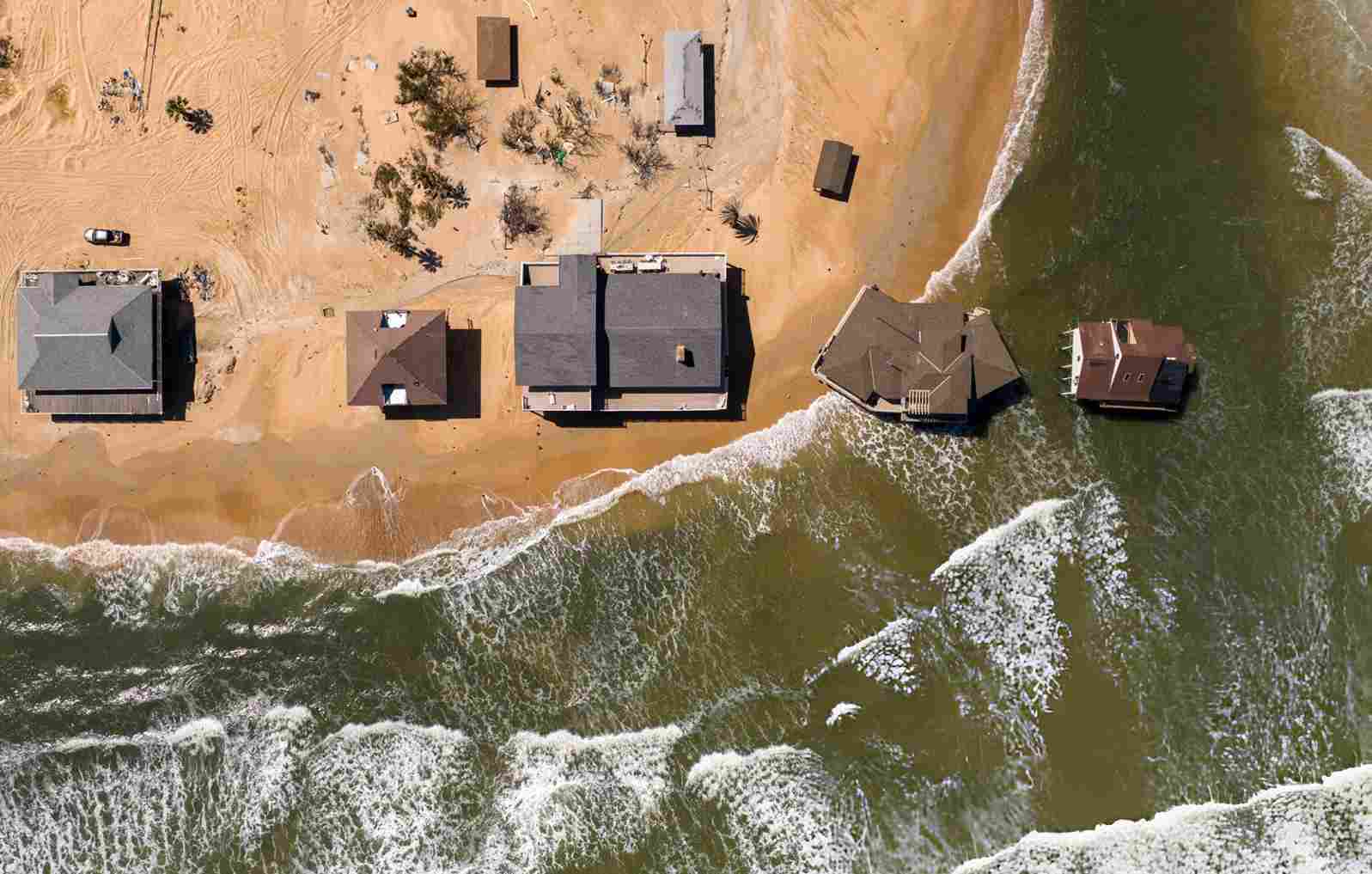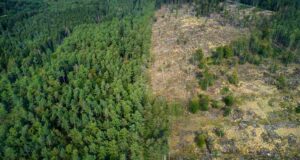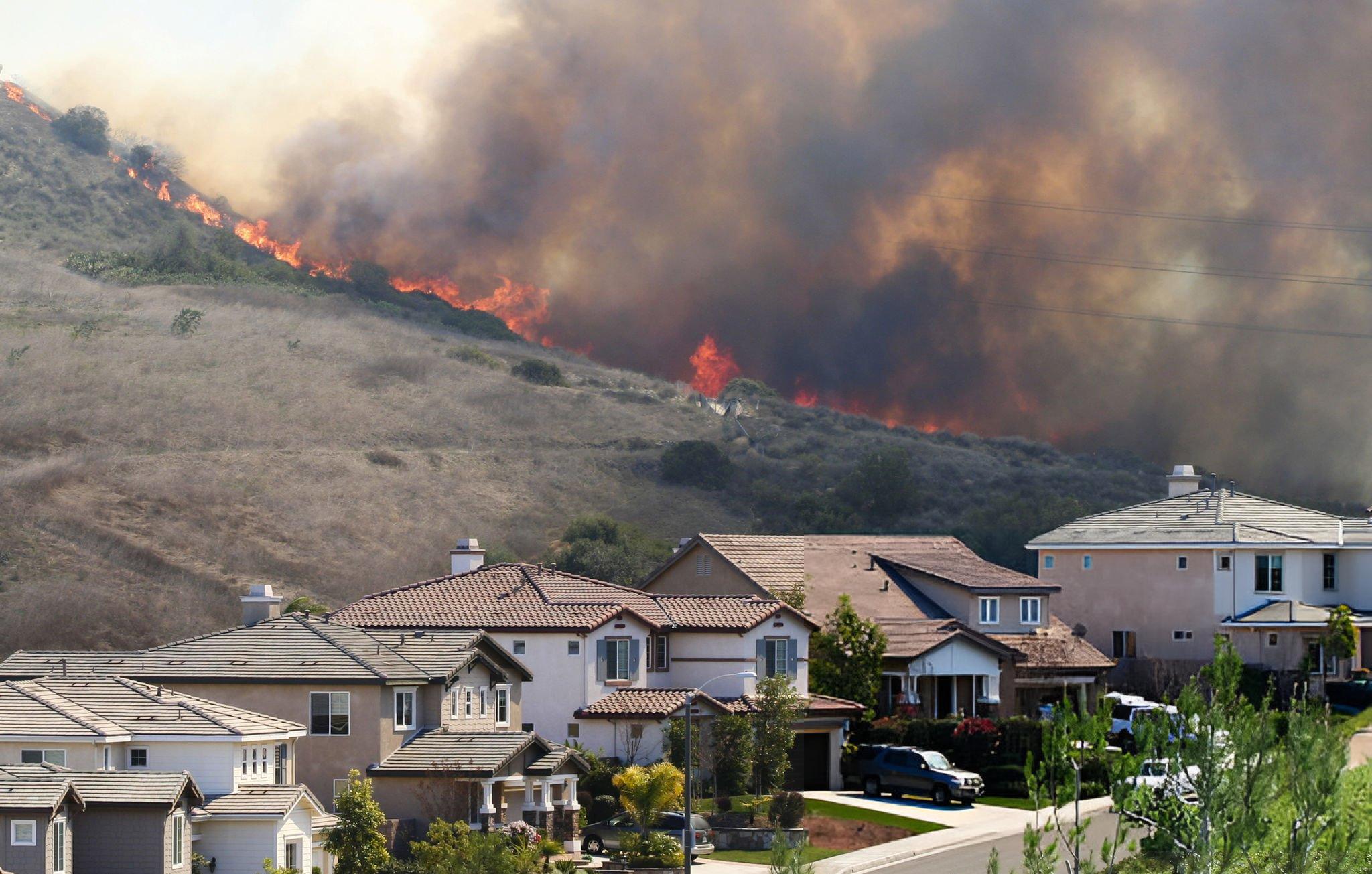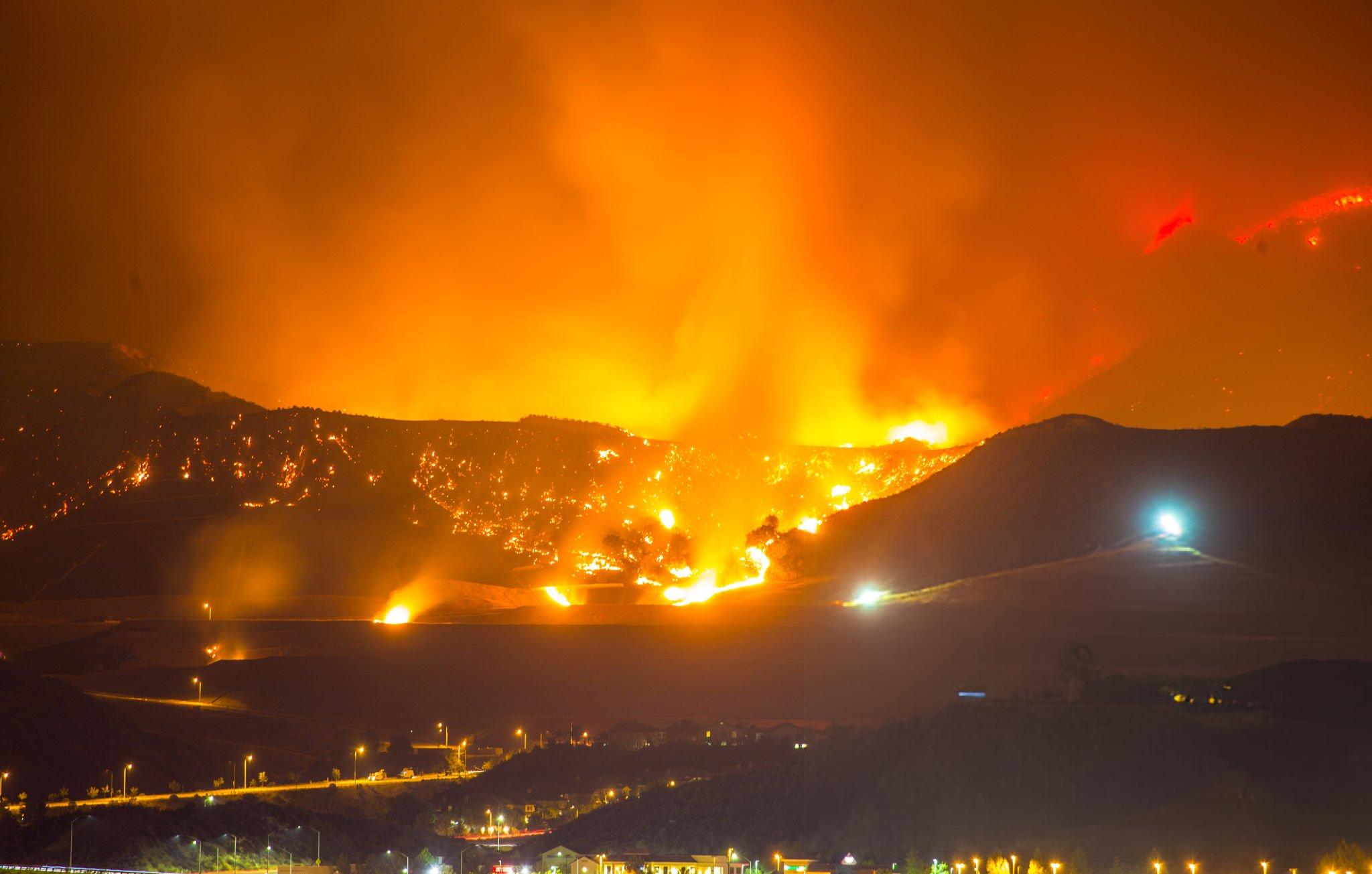Sea Level Rise: Understanding the Causes, Impact, and Solutions

Sea level rise is one of the most critical challenges posed by climate change. As global temperatures increase, the effects on ocean and sea levels today are becoming more pronounced. From coastal flooding to disruptions in marine ecosystems, rising ocean levels impact the entire planet. This blog dives deep into the causes, impacts, statistics, and solutions to sea level rise, offering insights into this pressing issue.
What is Sea Level Rise?
Sea level rise refers to the gradual increase in the average height of the ocean’s surface. primarily caused by two factors: thermal expansion and the melting of glaciers and ice sheets. As the Earth’s temperature rises, water from glaciers and polar ice caps melts and flows into the oceans, raising their level. Additionally, as the ocean absorbs more heat from the atmosphere, its water expands, further contributing to sea level rise.
The rising of ocean levels is a direct consequence of human activities, specifically the burning of fossil fuels, deforestation, and other actions that contribute to greenhouse gas emissions. These emissions, in turn, exacerbate global warming, which accelerates the melting of glaciers and contributes to rising ocean levels.
Causes of Sea Level Rise
There are two main causes of sea level rise: melting glaciers and thermal expansion.
1. Melting Glaciers and Ice Caps
One of the primary contributors to sea level rise is the melting of glaciers and ice sheets. Glaciers, which are large masses of ice that form over land, are found in many parts of the world, including Antarctica, Greenland, and the Himalayas. As global temperatures rise, these glaciers begin to melt at an accelerated rate, releasing freshwater into the oceans.Due to global warming, glaciers are melting at an accelerated rate, releasing freshwater into the oceans. Icebergs melting, along with the melting of ice caps and glaciers, significantly contributes to rising sea levels.
The Greenland and Antarctic ice sheets are particularly concerning, as they hold large amounts of water. If they continue to melt at the current rate, the resulting sea level rise could cause catastrophic flooding in coastal regions around the world.
2. Thermal Expansion of Water

The second significant cause of sea level rise is thermal expansion, which occurs when water expands as it absorbs heat. The ocean absorbs over 90% of the heat generated by global warming. As ocean temperatures rise, the water expands and increases the overall volume of the ocean, further contributing to sea level rise.As water absorbs heat, it expands. Rising water temperatures caused by global warming result in the thermal expansion of ocean water, further increasing sea levels.
Thermal expansion is responsible for nearly half of the observed sea level rise over the past century. While it may not seem as immediately alarming as melting glaciers, its long-term effects could be just as devastating.
Sea Level Rise Statistics

The statistics surrounding sea level rise are alarming. According to the Intergovernmental Panel on Climate Change (IPCC), the global average sea level has risen by about 20 cm (8 inches) over the past 100 years. If current trends continue, sea levels could rise by an additional 0.29 to 0.59 meters (about 1 to 2 feet) by the year 2100.
While this may not sound like a significant increase, it has the potential to drastically affect coastal communities, cities, and ecosystems. For instance, a rise of just 1 meter could displace millions of people living in low-lying areas like the Maldives, Miami, and New York City.
The impact of sea level rise is not uniform across the globe. In some regions, sea levels are rising faster than the global average due to factors like ocean currents, local land subsidence, and glacial melting in nearby areas.
Impact of Sea Level Rise
The impact of sea level rise is far-reaching, affecting ecosystems, human populations, and infrastructure. Coastal cities are particularly vulnerable to the effects of rising ocean levels.
1. Flooding of Coastal Areas

One of the most immediate and visible impacts of sea level rise is coastal flooding. As ocean levels rise, coastal areas experience more frequent and severe flooding. Storm surges, combined with higher tides, can inundate low-lying regions, causing significant damage to homes, businesses, and infrastructure.
For example, cities like New York, Miami, and Venice are already seeing the effects of rising sea levels, with streets flooding more frequently during high tides and storms. In some cases, seawalls and other barriers are being constructed to mitigate the damage, but these solutions may not be enough as sea levels continue to rise.
2. Loss of Habitats and Ecosystems

Sea level rise also threatens marine ecosystems. As saltwater encroaches on freshwater habitats, species that depend on these environments may face extinction. Coastal wetlands, which provide critical habitats for many species of fish, birds, and other wildlife, are particularly vulnerable. These ecosystems act as natural buffers against storms and flooding, but as the sea level rises, they are being lost at an alarming rate.
Additionally, rising ocean levels affect coral reefs, which are already under threat from ocean acidification and rising temperatures. Coral reefs support a diverse range of marine life, and their destruction can lead to the collapse of local fisheries and ecosystems.
3. Displacement of Populations

Another significant impact of sea level rise is the displacement of people. Millions of people live in low-lying areas that are at risk of being submerged due to rising ocean levels. According to estimates, about 200 million people could be displaced by the end of the century if sea levels continue to rise at current rates.
The Pacific Island nations, such as the Maldives and Kiribati, are particularly at risk. These nations may face the difficult decision of relocating their populations to higher ground or, in some cases, seeking asylum in other countries.
Solutions to Sea Level Rise
While the threat of sea level rise is undeniable, there are steps we can take to mitigate its effects and adapt to the changing climate. Here are some potential solutions:
1. Reducing Greenhouse Gas Emissions

The most effective solution to sea level rise is to address its root cause: climate change. By reducing greenhouse gas emissions, we can slow the rate of global warming, which in turn will reduce the melting of glaciers and the expansion of ocean waters. International agreements like the Paris Agreement aim to limit global warming to 1.5°C above pre-industrial levels, which would significantly reduce the impacts of sea level rise.
2. Coastal Protection and Adaptation

For regions already affected by sea level rise, coastal protection measures like seawalls, levees, and flood barriers can help protect infrastructure from flooding. In some cases, managed retreat may be necessary, where communities relocate away from vulnerable coastal areas.
Additionally, nature-based solutions, such as restoring wetlands, mangroves, and coral reefs, can help protect coastlines from the effects of rising sea levels.
3. Innovation and Research

Ongoing research into new technologies and strategies to combat sea level rise is crucial. Innovations like floating cities, improved flood forecasting systems, and advanced coastal engineering solutions may offer new ways to mitigate the impact of rising ocean levels.
Call to Action
Combating sea level rise requires a unified global effort. Governments, businesses, and individuals all play a role in reducing emissions, protecting ecosystems, and adapting to changes. Simple actions, like conserving energy, supporting renewable energy initiatives, and advocating for climate-friendly policies, can make a difference.
Conclusion
Sea level rise is a significant challenge caused by climate change, with wide-reaching implications for ecosystems, populations, and infrastructure. Understanding the causes and impacts of rising ocean levels is essential for developing effective strategies to address this global issue. By reducing greenhouse gas emissions, protecting vulnerable coastlines, and continuing research, we can work toward minimizing the effects of sea level rise and safeguarding our planet for future generations.





